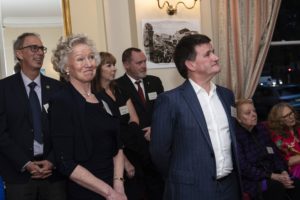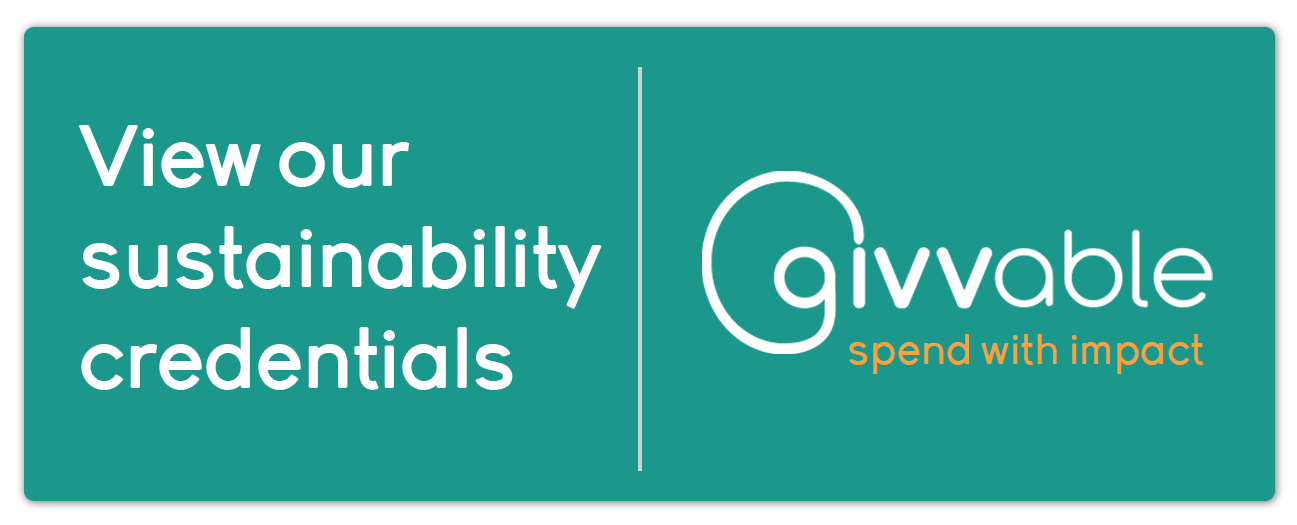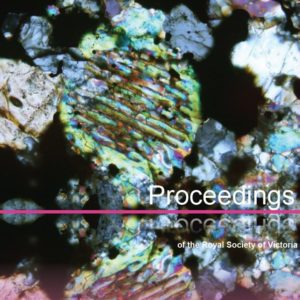Alexander von Humboldt has been referred to as ‘the forgotten father of environmentalism.’ As early as 1844, he wrote that humans change the climate ‘by cutting down forests, by changing the distribution of water bodies, and through the production of large vapour and gas masses at the centres of industry.’ Humboldt also described the greenhouse effect in his opus magnum, ‘Kosmos’.
Prescribed burns are said to mimic First Peoples’ cultural burning practices, but Dr Philip Zylstra argues the use of fire in healing and managing Country is far more complex. Australia is wet enough for things to grow, and dry enough for them to burn. Animals and plants have adapted. And over millennia, First Peoples developed cooperative fire regimes.
Dr Ross Wissing’s decade working in WaterWatch showed him how to help local communities work with natural resource managers to learn about, understand, and improve the health of their local waterways. Ross fears declining investment means many of the mistakes of the past, and lessons learned, have been forgotten – and are now being repeated.
This report and position paper from the Royal Society of Victoria (RSV) addresses the conservation and recovery of Australia’s unique biodiversity, particularly in the State of Victoria. It summarises the current state of reviews, responses and policies in Victoria in the broader Australian and global context, with recommendations for action.
Associate Professor Duane Hamacher is at the intersection of Indigenous Knowledge and modern science. He came to Australia to complete a Masters in astrophysics and a PhD in Indigenous studies. At astrophysics conferences, he sometimes struggled to convince peers that Indigenous Knowledge was anything more than folklore. But Indigenous science is dynamic, adapting to changes in the land, seas and skies, built on careful observation over 65,000+ years.








